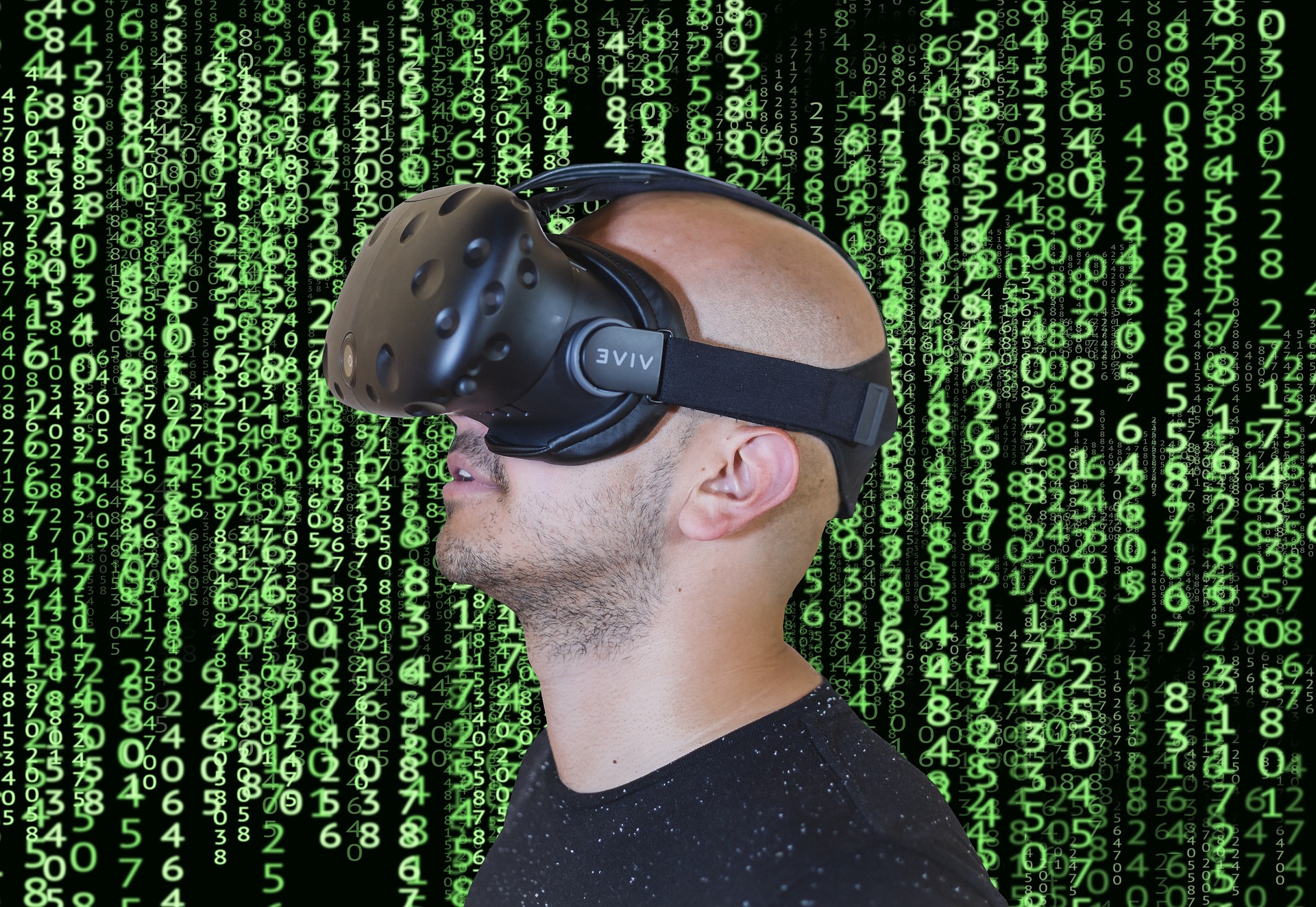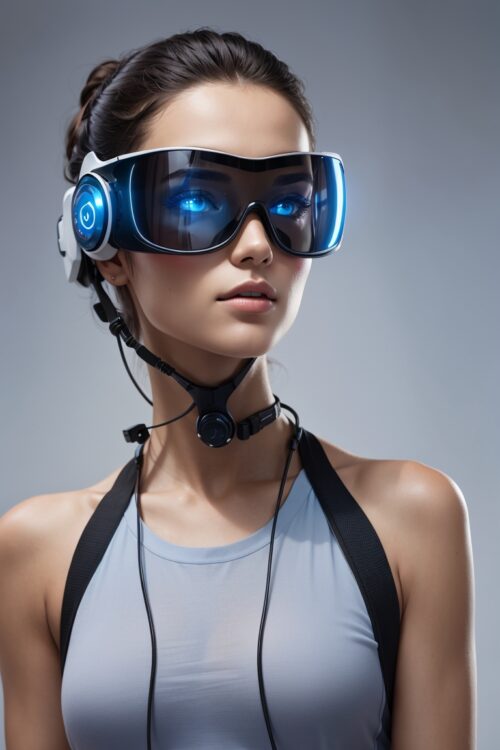Discover the Exciting Future of Wearable Technology: From health monitoring to gaming, education to workplace safety, the possibilities for wearable tech are endless. Explore the latest trends and innovations, including smaller and more discreet devices, virtual assistants, smart clothing, energy harvesting, and more. Learn about the potential impact on our lives and the importance of security and privacy in this comprehensive article on the future of wearable technology.
According to a report by Grand View Research, the wearable technology has been rapidly evolving in recent years, and it’s not showing any signs of slowing down. From smartwatches to fitness trackers, the market for wearables is growing rapidly. The global wearable technology market was valued at USD 61.30 billion in 2022 and is expected to expand at a compound annual growth rate (CAGR) of 14.6% from 2023 to 2030. The increasing adoption of smart wearable technology products among consumers is driving industry growth. These devices aid in monitoring health by keeping track of cholesterol levels, calories burnt, oxygen levels, etc., through sensors. In addition, several companies, such as Fitbit, Samsung, Noise, and Fossil Group, Inc., are introducing wearable technology watches and other accessories with health tracking solutions. Such a feature is anticipated to attract consumers as it helps them check their health, which paves the way for market growth. But what does the future of wearable technology look like? Let’s explore some possibilities.
Health Monitoring
One of the most important benefits of wearable technology is its ability to monitor our health. In the future, we can expect more advanced sensors and tracking capabilities to be built into wearables. For example, wearables may be able to monitor our blood sugar levels, detect early signs of illnesses, and provide more personalized healthcare recommendations. The recent innovative CardiacSense smartwatch is a revolutionary new device in the technology that has been designed with medical grade technology to provide remote patient monitoring. This innovative watch has received medical grade certification from both the US-FDA and CDSCO in India, making it one of the only approved medical watches on the market.
Augmented Reality
Augmented reality (AR) is a technology that overlays digital information onto the real world. With wearables, AR has the potential to transform the way we interact with the world around us. Imagine wearing a pair of glasses that can provide you with real-time translations or directions, or even enhance your vision to see things that are normally invisible to the naked eye.
Personalization
Personalization is already a big part of the wearable technology market, but it’s only going to get more sophisticated. In the future, wearables may be able to gather data from a wide range of sources, including social media, location data, and biometric information, to create highly personalized experiences. This could include customized workout plans, tailored recommendations for food and drink, and even personalized fashion advice.
Connectivity
Wearable technology is becoming more connected, both to other devices and to the internet. In the future, we can expect wearables to become even more integrated into our daily lives, with the ability to control smart home devices, make payments, and even interact with other wearables.
Sustainability
As the world becomes more focused on sustainability, wearable technology is no exception. In the future, we can expect wearables to become more eco-friendly, with the use of renewable materials and more efficient energy consumption.
Smaller and More Discreet
As wearable technology becomes more advanced, it’s likely that devices will become smaller and more discreet. This will allow for more seamless integration into our daily lives, as wearables become almost invisible.
Virtual Assistants
Virtual assistants, such as Siri and Alexa, are already a part of our daily lives. In the future, wearables may become even more integrated with virtual assistants, allowing for hands-free interactions with technology.
Gaming
Gaming is already a big part of the wearable technology market, with devices like the Oculus Rift and the HTC Vive providing immersive gaming experiences. In the future, we can expect even more advanced gaming capabilities, including haptic feedback and even more realistic graphics.
Wearable Fashion
Wearable technology has already started to merge with fashion, with devices like smart jewelry and smart clothing becoming more popular. In the future, we can expect wearable technology to become even more stylish, with wearable tech being seamlessly integrated into everyday clothing.
Security and Privacy
As wearable technology becomes more connected, it’s important to consider the implications for security and privacy. In the future, we can expect wearables to become even more secure, with advanced encryption and authentication mechanisms. It’s also likely that users will have more control over their data, with the ability to easily opt-in or opt-out of data sharing.
Energy Harvesting
One of the major challenges facing wearable technology is battery life. In the future, we can expect to see more advanced energy harvesting techniques used in wearables, including solar power, kinetic energy, and even body heat.
Environmental Monitoring
Wearable technology has the potential to play a significant role in environmental monitoring. In the future, we can expect wearables to be used to measure air and water quality, monitor noise levels, and even track the migration patterns of wildlife.
Education
Wearable technology could also have a major impact on education. In the future, we can expect to see more interactive and immersive learning experiences, with wearables being used to provide real-time feedback and guidance.
Workplace Safety
Wearable technology could also be used to improve workplace safety. For example, wearables could be used to monitor workers’ vital signs, detect hazardous conditions, and even provide alerts in the event of an emergency.
Smart Clothing
Smart clothing is an emerging category of wearable technology that has the potential to revolutionize the fashion industry. In the future, we can expect to see more advanced smart clothing that can track biometric data, monitor environmental conditions, and even adjust to the wearer’s preferences.
Overall, the future of wearable technology is bright, with endless possibilities for innovation and advancement. Whether it’s health monitoring, augmented reality, personalization, connectivity, or sustainability, wearables are poised to become an even more integral part of our lives. As technology continues to evolve, we can expect wearables to become even more integrated into our daily lives, with the ability to improve our health, enhance our experiences, and transform the way we interact with the world around us.



